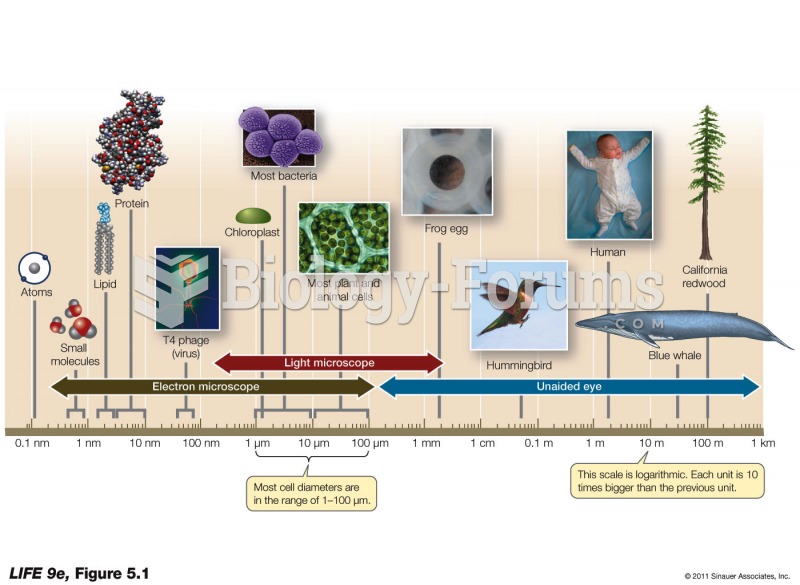A researcher constructs a semantic differential scale that will measure a topic about which people express extreme responses. He pilots it and, at the same time, asks a psychometrician to give his opinion on the scale.
The psychometrician suggests that the researcher edit the scale, so that it has some questions for which a 1 or 2 would be a positive finding, and some questions for which a 1 or 2 would be a negative finding. The researcher edits the scale and finds that subjects' responses are not quite as extreme as they were originally. What should the researcher's response be?
a. Resentment. The new scale is giving weaker results, and its analysis will not be able to show statistical significance unless the projected sample size is increased.
b. Bewilderment. The scale is exactly the same; the items were merely rearranged. There is nothing that explains this change.
c. Gratitude. The new scale measures the concept better because the subjects are thinking about the individual items instead of marking extremes automatically.
d. Annoyance. The researcher has probably inadvertently reworded some of his original items, accounting for the less extreme values.
Question 2
A nurse believes that patient acuity is a poor measure of patient fragility. Consequently, he and another nurse construct an instrument that measures patient fragility.
In what order should the various steps of scale testing, conceptual definition, scale construction, instrument validation, and qualitative exploration occur?
a. Scale testing, qualitative exploration, scale construction, conceptual definition, instrument validation
b. Conceptual definition, qualitative exploration, scale construction, scale testing, instrument validation
c. Scale construction, conceptual definition, instrument validation, scale testing, qualitative exploration
d. Instrument validation, qualitative exploration, scale construction, conceptual definition, scale testing
e. Qualitative exploration, scale testing, scale construction, conceptual definition, instrument validation
f. Conceptual definition, instrument validation, scale construction, scale testing, qualitative exploration







